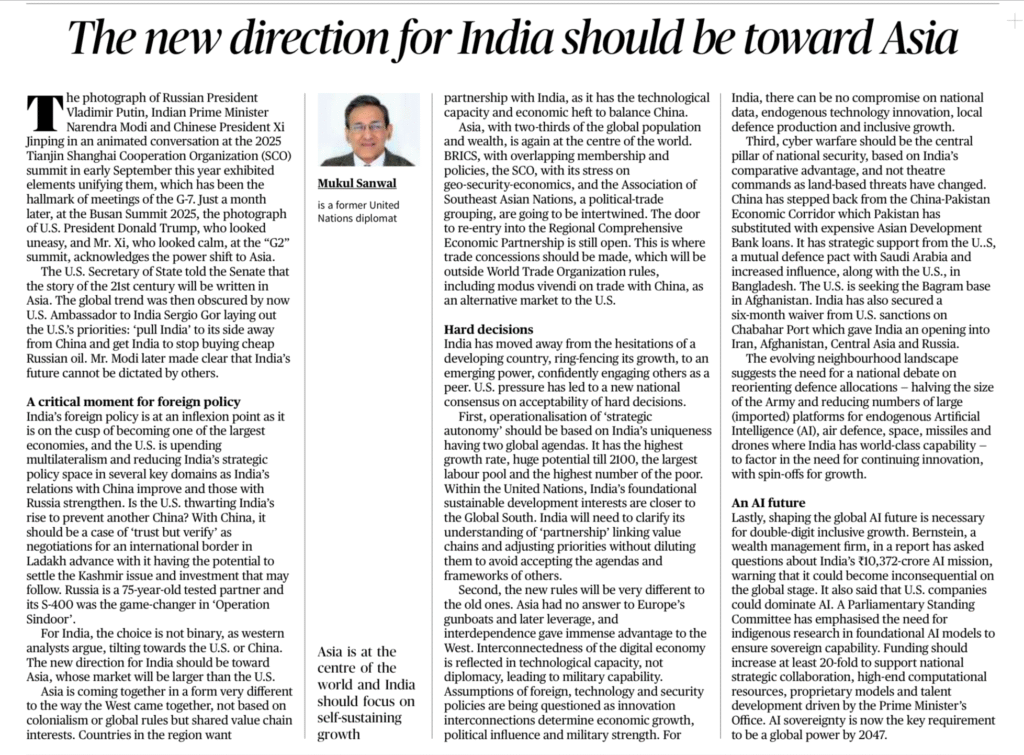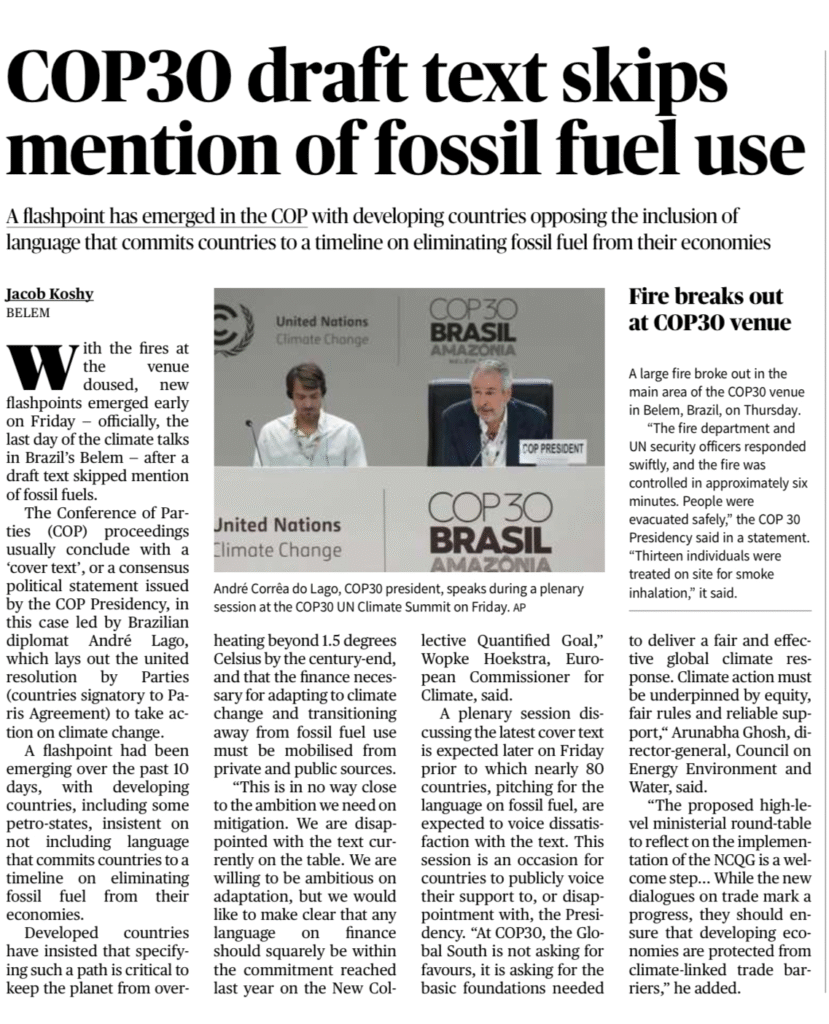Labour Codes UPSC: Centre Notifies Four New Labour Reforms | GS-3 Update
Context (Why in News?)
The Centre has notified all four Labour Codes, replacing 29 fragmented labour laws, many dating back to the 1930s–1950s. This is projected as the biggest labour reform since Independence. The aim is to simplify and modernise the labour regulatory framework, expand social security, ensure wage protection, and improve ease of doing business.
1. Code on Wages (2019)
• Merges four wage-related laws to create a uniform wage system across sectors.
• Guarantees universal minimum wages and timely payment for all employees.
2. Industrial Relations Code (2020)
• Combines laws on trade unions, employment conditions, and industrial dispute resolution.
• Enables fixed-term employment and simplifies procedures for layoffs, closures, and strikes.
3. Code on Social Security (2020)
• Extends social security coverage to organised, unorganised, gig and platform workers.
• Integrates laws on EPFO, ESIC, maternity benefits, gratuity, and other welfare schemes.
4. Occupational Safety, Health and Working Conditions (OSHWC) Code (2020)
• Consolidates 13 laws on workplace safety, health and working conditions.
• Updates standards on safety, working hours, women’s employment, and welfare facilities.
Why Were These Four Codes Brought?
Broad Objectives
• Consolidation: Merge 29 scattered laws into 4 streamlined codes for clarity and uniformity.
• Simplification: Reduce compliance burden, end overlapping provisions, and bring uniform definitions across laws.
• Formalisation: Expand social security to gig, platform and unorganised workers.
• Labour Welfare: Ensure minimum wages, timely payment, safety standards, women’s participation, and job security mechanisms.
• Ease of Doing Business: Modern regulatory architecture encouraging investment and employment.
TDF
“The notification of the four Labour Codes marks one of the most comprehensive labour reforms since Independence. Critically examine how far these Codes succeed in balancing worker welfare with the needs of a modern economy.”









